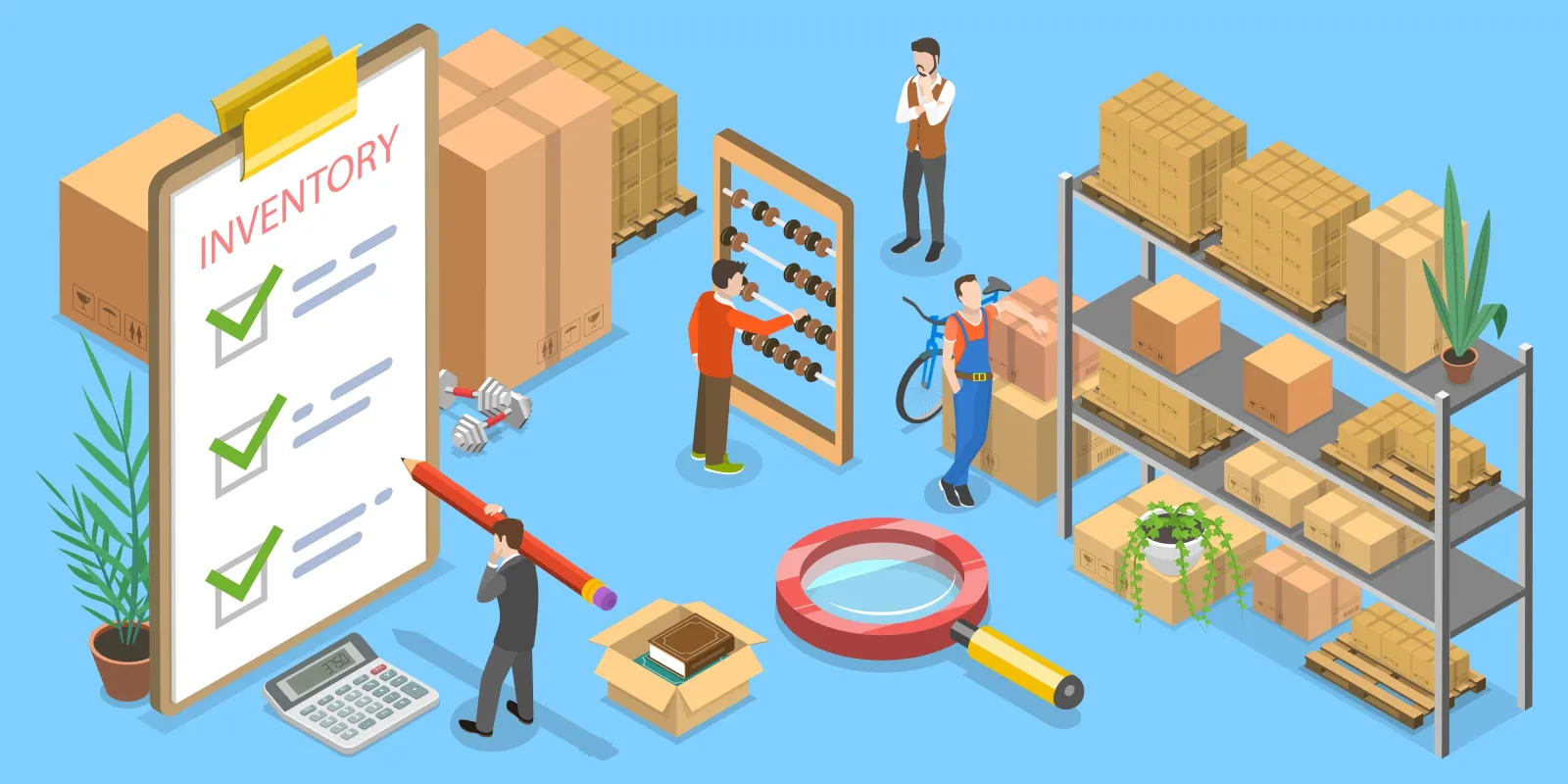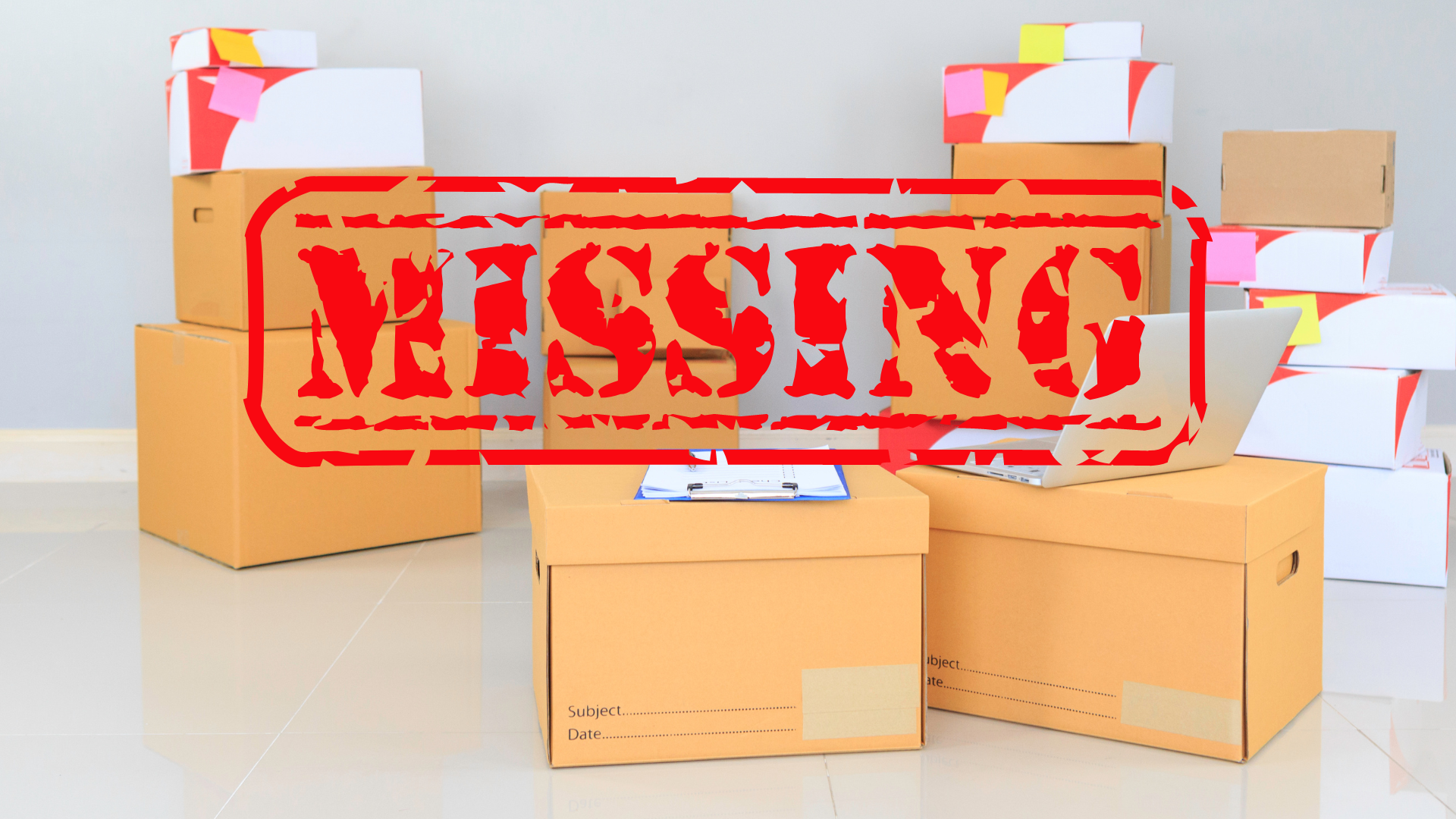GS1 Logistics Labels: Why Proper Shipment Marking Matters
Correct Marking of Consignments
Fast, accurate, and error-free deliveries—received at the right time, in the right place. That’s the goal. We also expect quick acceptance, fast system registration, and smooth handling. All of this has been technically possible for quite some time, but it still doesn’t always work. Why? There are many possible reasons—just as there are many solutions. The problem is that we don’t always use them. One of the most effective? Proper shipment labeling using the GS1 logistics label.
Why proper labeling matters
Many of us have seen packages with handwritten labels. Not only are they hard to read, but they also look unprofessional.
Other times, we receive packages that are “properly” labeled—with a barcode or even several. It seems perfect… almost. Often, those barcodes only make sense to the company that created them. They’re useful for the sender—but not necessarily for the receiver, who might use a different labeling system altogether.
What is the GS1 logistics label?
The GS1 logistics label is a standardized way of labeling shipments so that everyone in the supply chain—manufacturer, carrier, distributor, retailer—can understand the same information. It’s part of the global GS1 system, which enables seamless communication using a shared language.
The label includes both human-readable text and machine-readable barcodes (using the GS1-128 standard—not to be confused with the general Code 128 format). The only required element on a GS1 logistics label is the SSCC (Serial Shipping Container Code)—a unique identifier for each logistic unit globally.
Why use a GS1 logistics label?
Despite its benefits, only about 4% of GS1 system users currently apply these labels—at least in some countries like Poland. Compare that to Scandinavia, where 90% of all pallet labels in warehouses and distribution centers use the GS1 format.
The potential is huge. With a GS1 label, everyone in the chain speaks the same data language.
What information does a GS1 logistics label contain?
Besides the SSCC, a GS1 logistics label often includes additional data such as:
- Shipment contents
- Quantity
- Weight
- Production date
- Expiry date
This information is included using Application Identifiers (AIs)—short prefixes (2 to 4 digits) that tell systems how to interpret the value that follows. For example:
- (15)190702 means “Best before: July 2, 2019”
- Other AIs cover dimensions, supplier details, and delivery locations
This information is usually printed on a standard 148 × 210 mm label (A5 size) or a smaller 105 × 148 mm version (A6 size).
Getting started with GS1 labels isn’t as hard as it seems
Yes, the GS1 General Specifications span over 500 pages, covering everything from barcode structures to label placement and validation guidelines for AIDC (Automatic Identification and Data Capture) systems.
But in practice, implementing GS1 labels is quite manageable.
And the benefits are clear. By adopting this global standard, your company can:
- Streamline warehouse operations
- Speed up processing times
- Improve accuracy and traceability
- Increase throughput
- Ultimately, boost profitability
In short, the GS1 logistics label helps your business communicate better, operate more efficiently, and integrate into a global logistics system with measurable impact.
Industry Insights
news via inbox
Nulla turp dis cursus. Integer liberos euismod pretium faucibua










